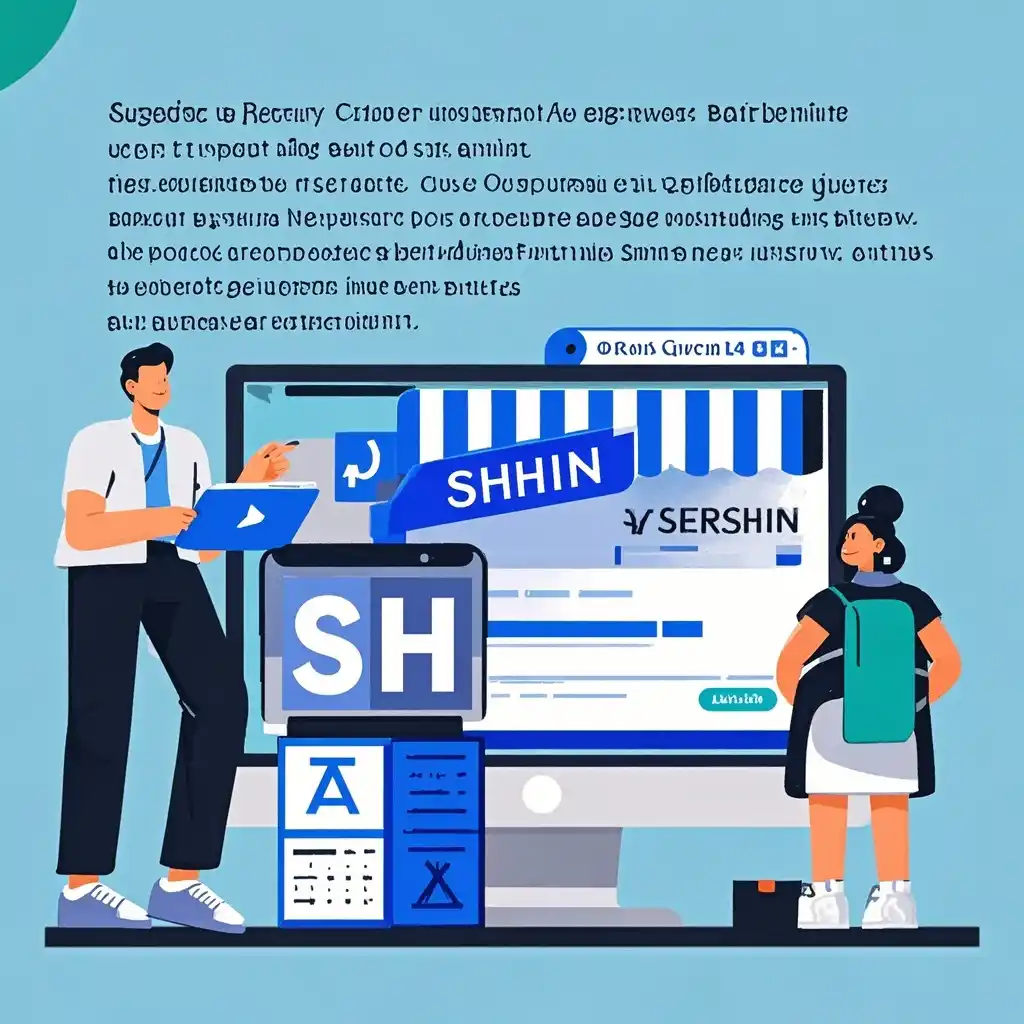

Background
In recent years, cross - border e - commerce platforms have witnessed exponential growth. However, this growth has also attracted the attention of regulatory authorities worldwide. SHEIN, a prominent player in the cross - border e - commerce arena, has been facing more stringent tariff compliance reviews. Tariffs are a crucial aspect of international trade as they not only affect the cost of goods but also ensure fair competition and revenue collection for countries. With the increasing complexity of global trade regulations, it has become essential for cross - border e - commerce platforms to ensure compliance.
Case: SHEIN's Tariff Compliance Journey
SHEIN started as a relatively small player in the fast - fashion cross - border e - commerce space. As it expanded globally, it faced numerous challenges related to tariff compliance. In different countries, there are diverse tariff classifications and regulations. For example, in the United States, clothing items may fall under different tariff categories depending on factors such as fabric type, origin of the materials, and the manufacturing process. SHEIN initially had some issues in accurately classifying its products for tariff purposes.
One instance was with a particular line of summer dresses. These dresses were made from a blend of fabrics sourced from multiple countries. SHEIN initially misclassified the dresses under a lower - tariff category based on an incorrect understanding of the fabric composition rules. This led to investigations by the U.S. Customs and Border Protection. The company had to quickly rectify the situation to avoid potential fines and disruptions to its supply chain.
SHEIN then took several steps to improve its tariff compliance. It invested in a team of experts well - versed in international trade regulations. These experts worked closely with suppliers to ensure accurate information about product components and origins. For instance, they developed a detailed questionnaire for suppliers to fill out, which included questions about the source of raw materials, manufacturing processes, and any potential changes in the supply chain.
Additionally, SHEIN implemented a sophisticated software system that could analyze product data and match it with the appropriate tariff classifications across different countries. This system was updated regularly to keep up with the changing regulatory environment. For example, when a country made a change in its textile tariff regulations, SHEIN's system was able to quickly adapt and re - classify its products accordingly.
Lessons Learned
1. Expertise is Key
Cross - border e - commerce platforms need to have in - house or outsourced experts who understand the intricacies of international trade regulations. These experts can prevent costly mistakes by ensuring accurate product classification from the start. Without proper expertise, companies may unknowingly violate tariff regulations, as seen in SHEIN's initial misclassification of the summer dresses.
2. Supplier Collaboration
Working closely with suppliers is essential. Suppliers are the source of crucial information about products. By collaborating effectively, platforms can ensure that they have all the necessary data to classify products correctly for tariffs. SHEIN's detailed questionnaire for suppliers is a good example of how to engage suppliers in the compliance process.
3. Technological Solutions
Investing in technology, such as software systems for tariff classification, can significantly improve compliance. These systems can handle large amounts of data and adapt to regulatory changes more quickly than manual processes. SHEIN's software system enabled it to stay on top of tariff compliance even as regulations changed in different countries.
4. Proactive Approach
Instead of waiting for regulatory issues to arise, cross - border e - commerce platforms should take a proactive approach. This means regularly auditing their tariff compliance processes, training employees on new regulations, and being aware of potential changes in the regulatory environment. SHEIN's continuous updates to its software system and its efforts to stay informed about regulatory changes demonstrate the importance of a proactive stance.
Summary
The case of SHEIN's tariff compliance journey offers valuable insights for cross - border e - commerce platforms. As the regulatory landscape becomes more complex, platforms must be vigilant in ensuring compliance. By learning from SHEIN's experiences, such as the importance of expertise, supplier collaboration, technological solutions, and a proactive approach, other cross - border e - commerce platforms can better navigate the challenges of tariff compliance. This not only helps them avoid potential legal issues and financial penalties but also contributes to the long - term sustainability and success of their businesses in the global market.